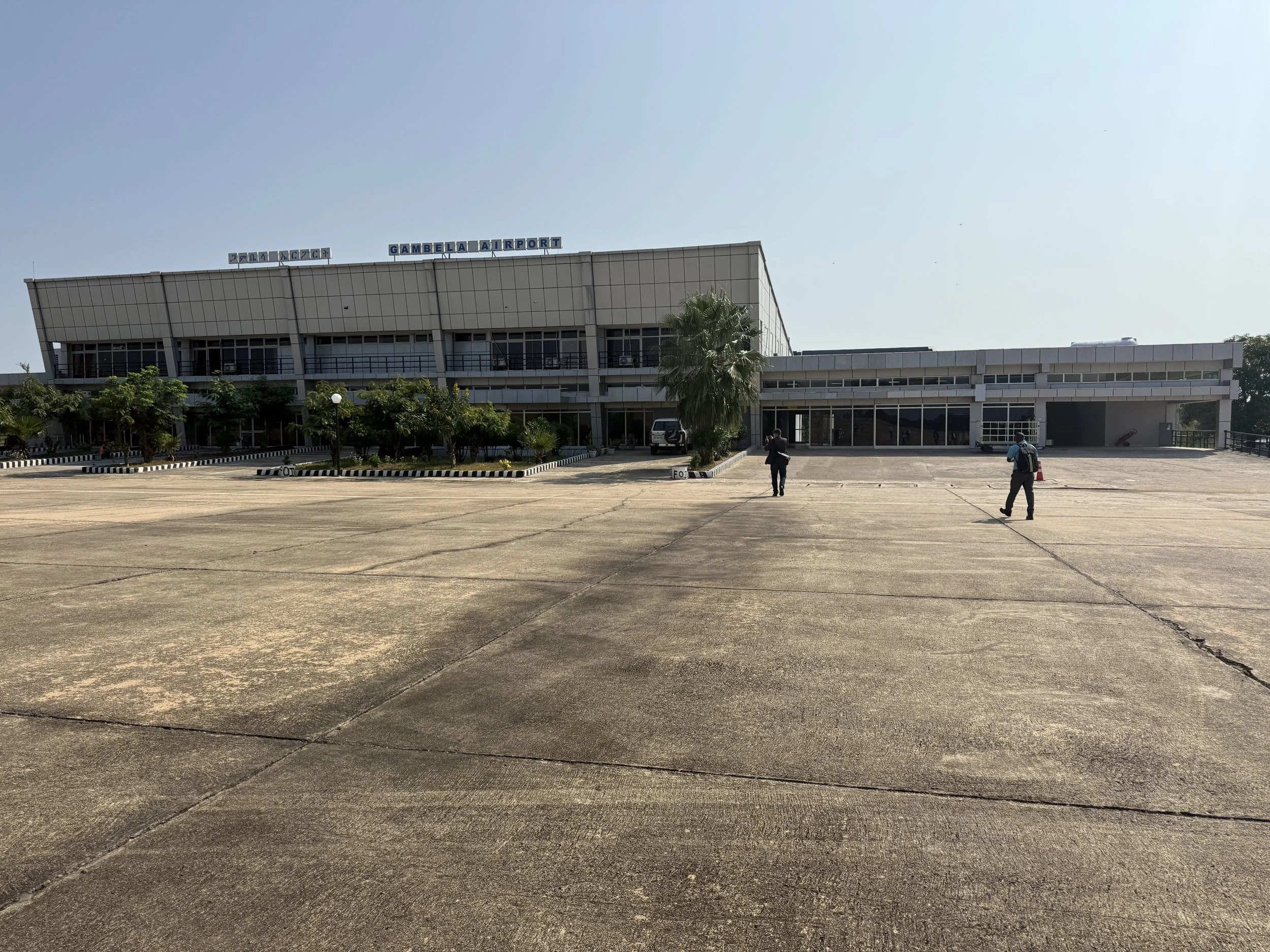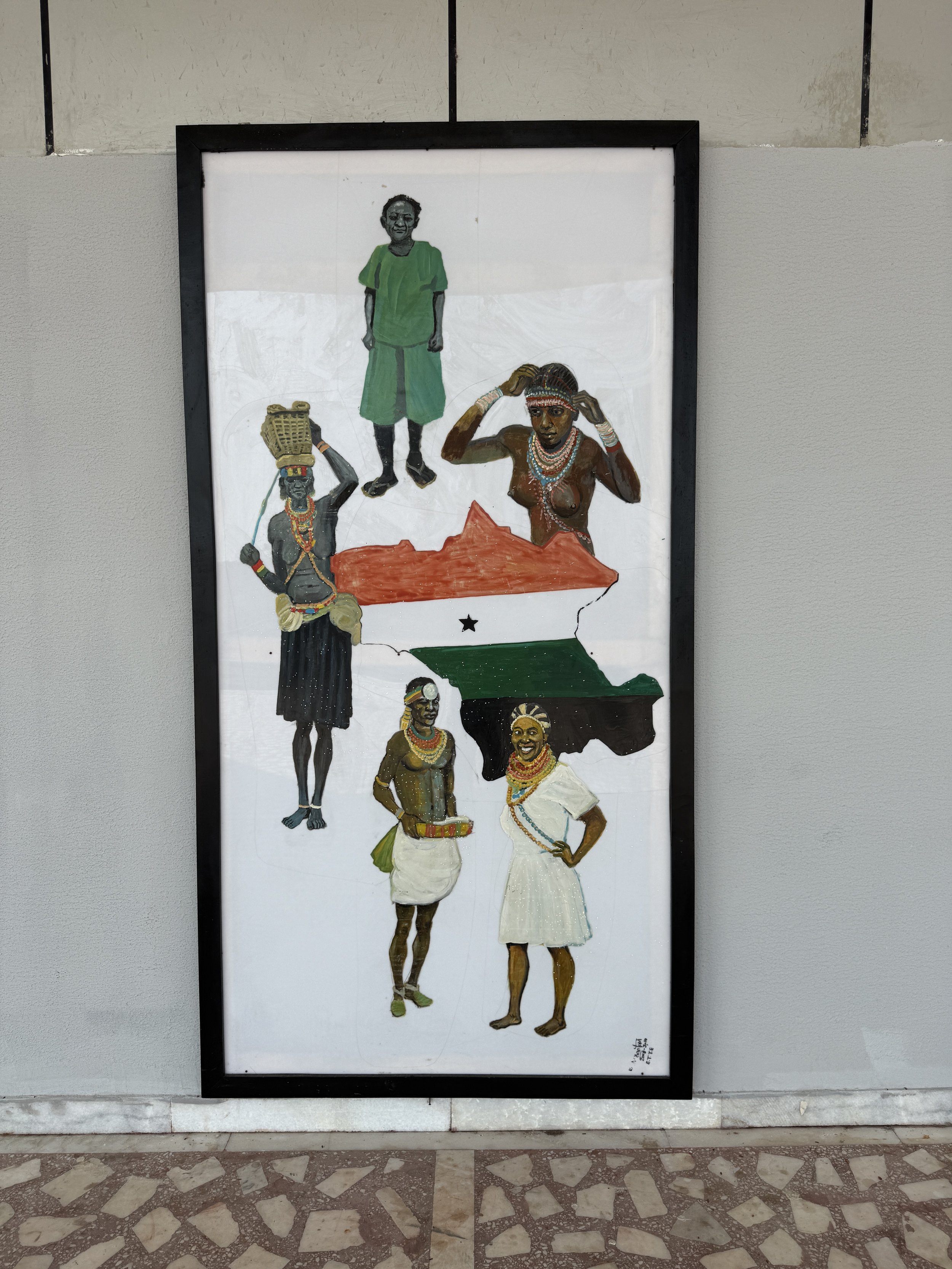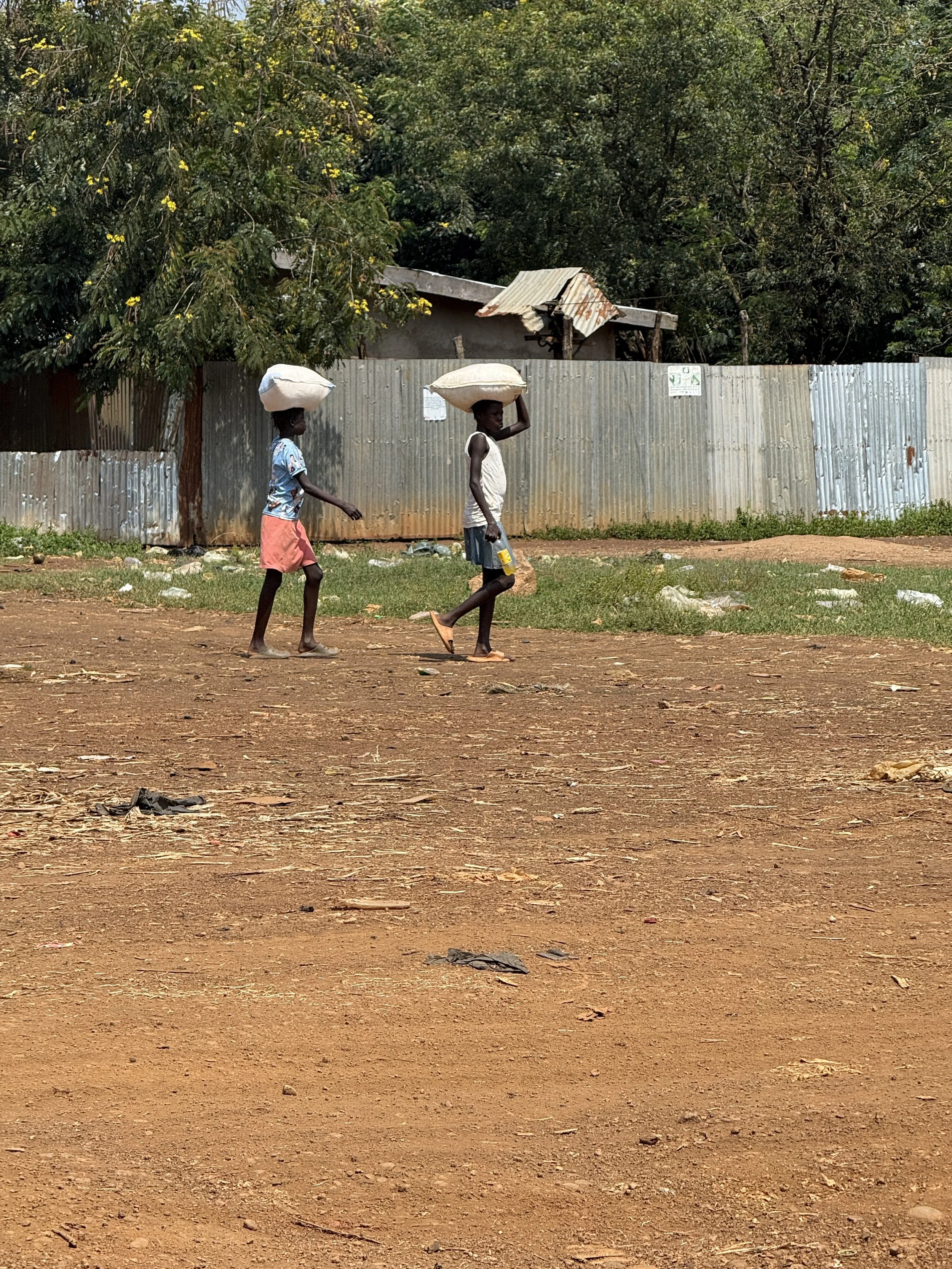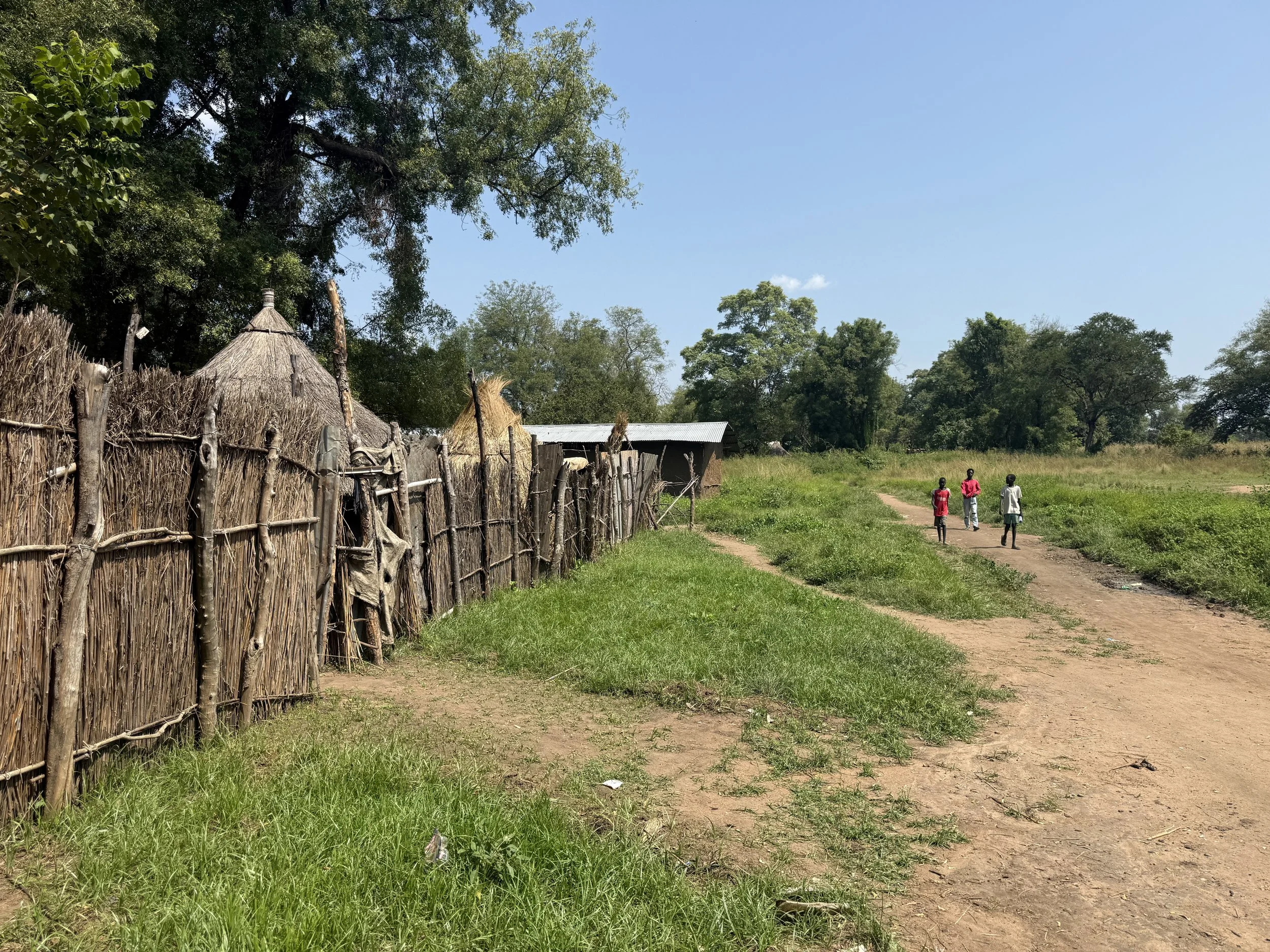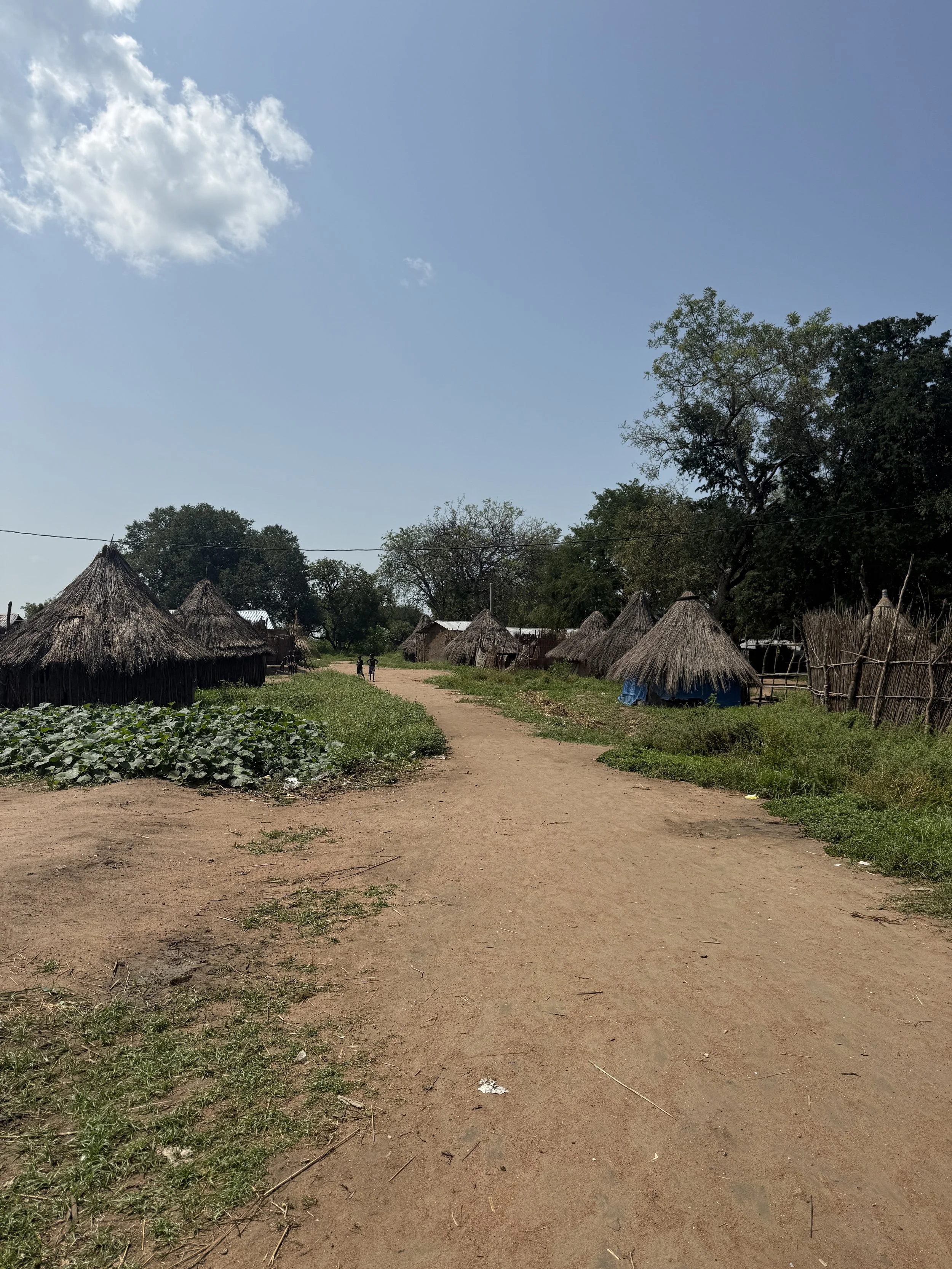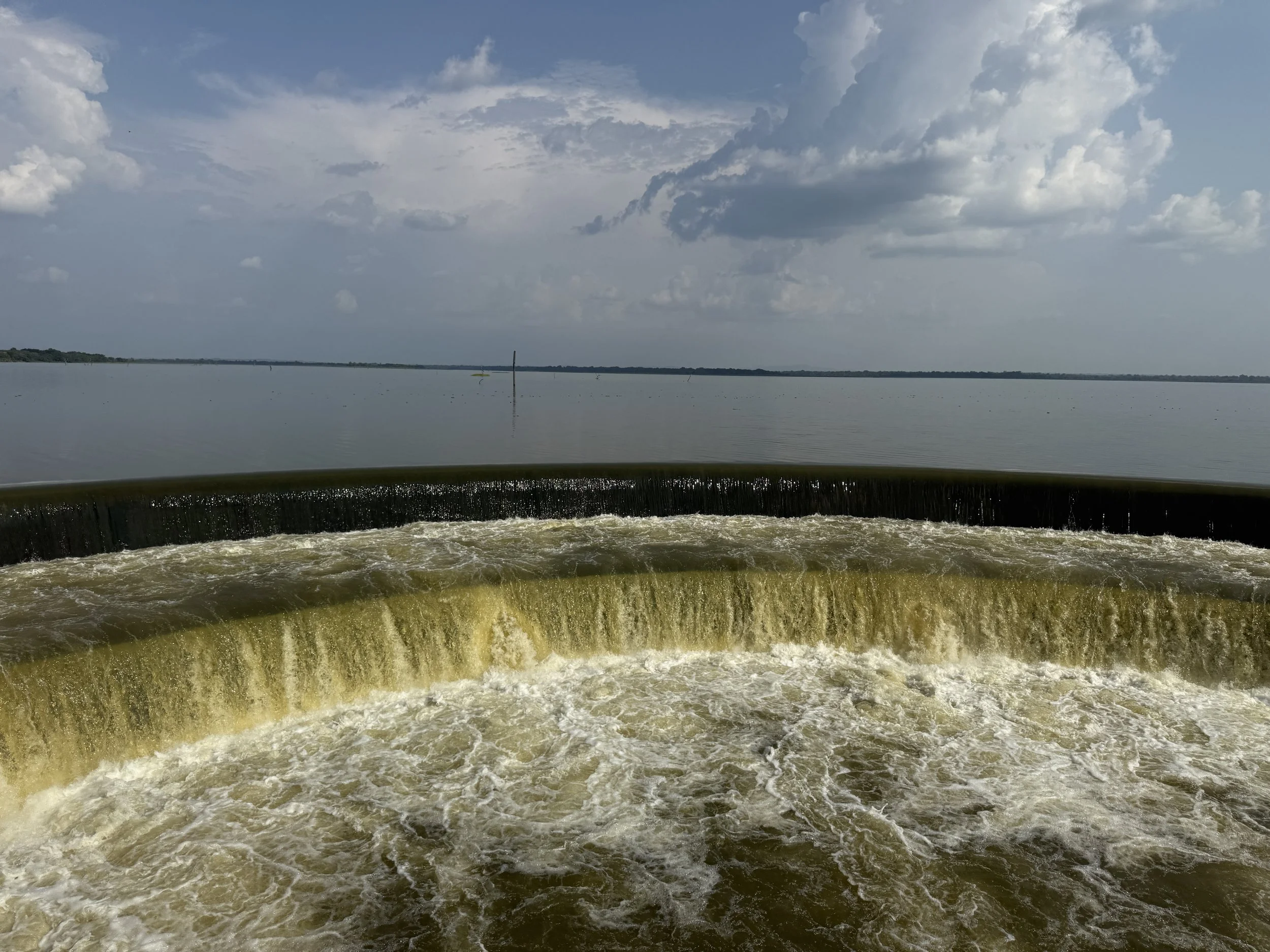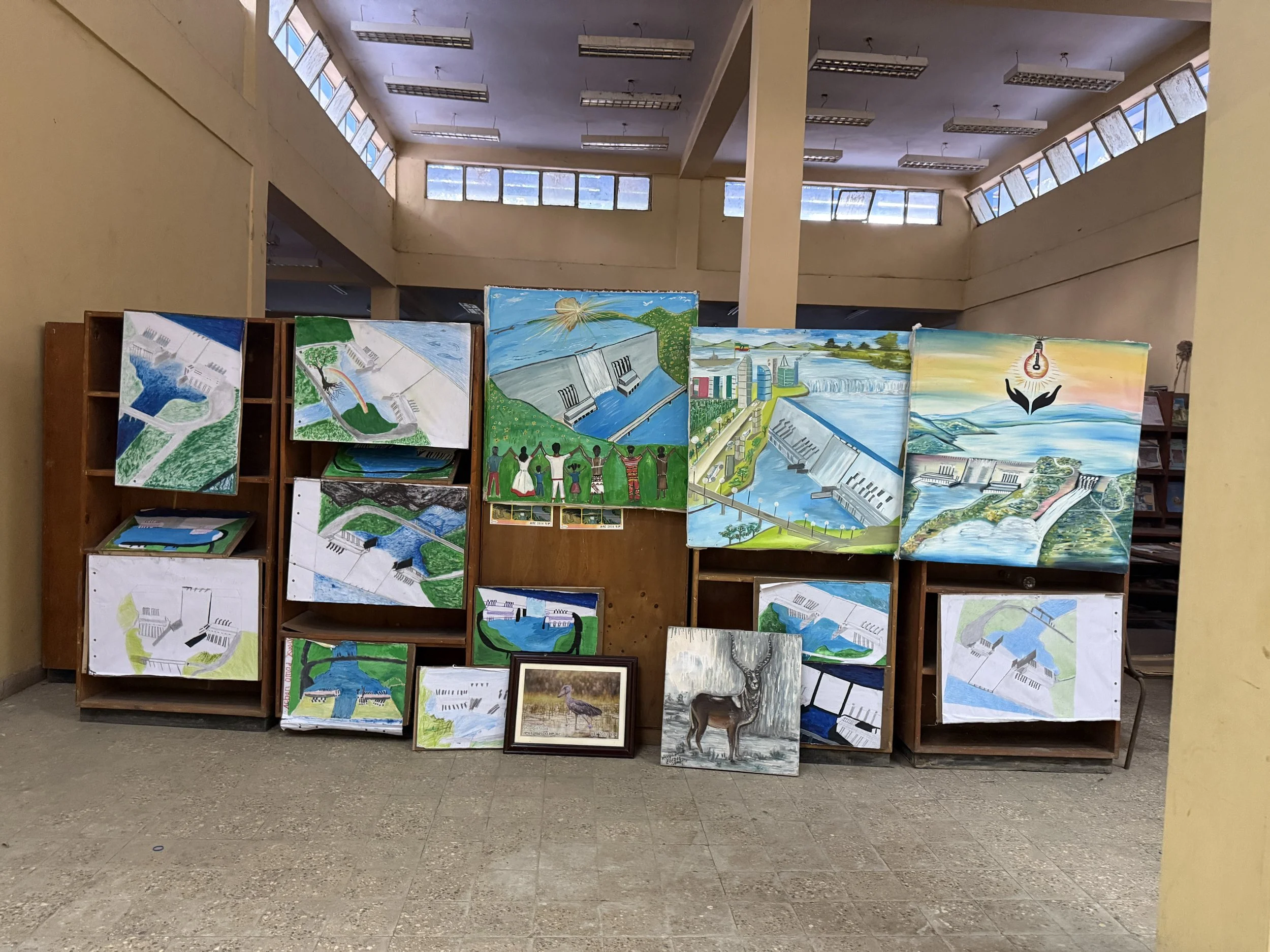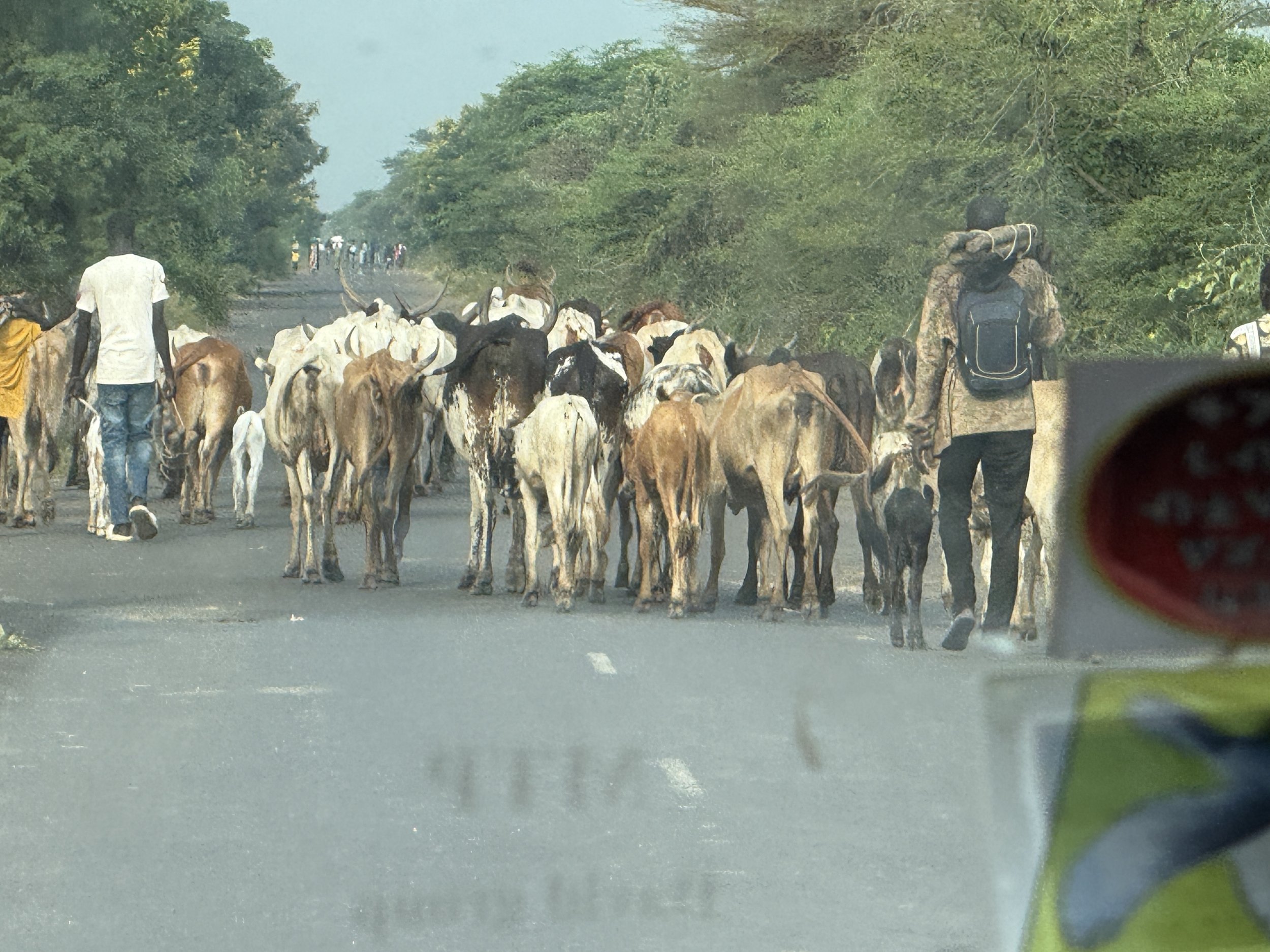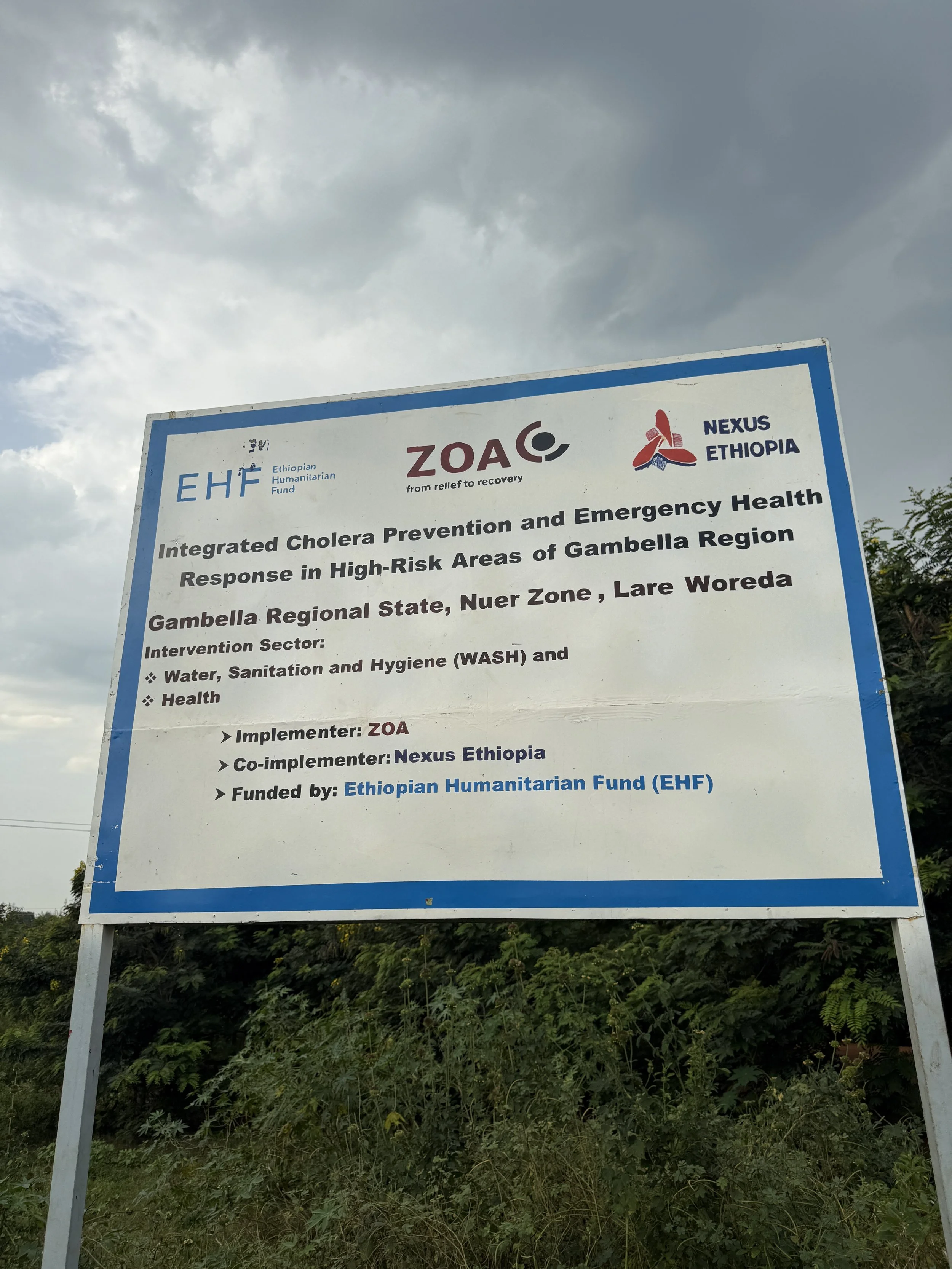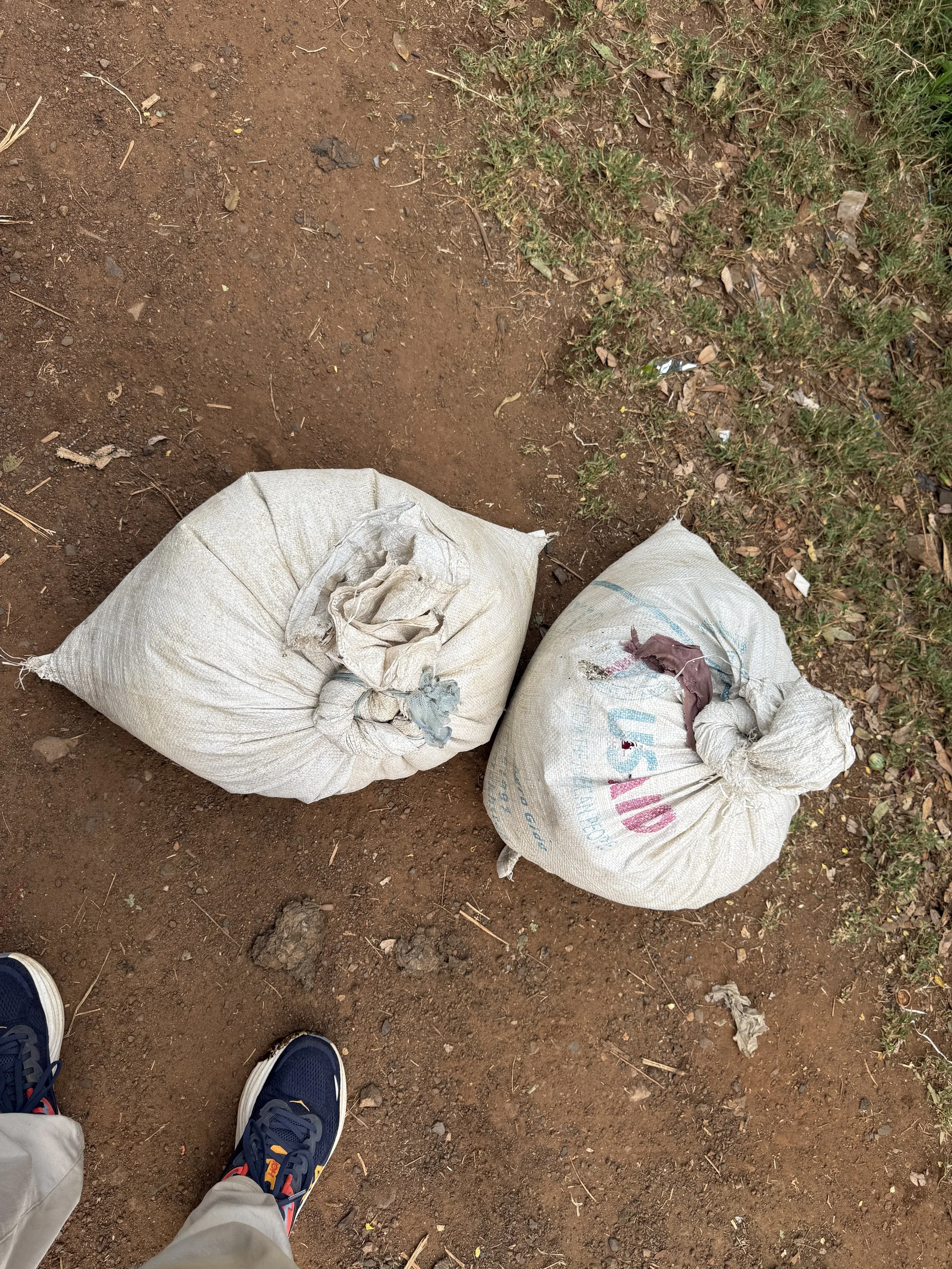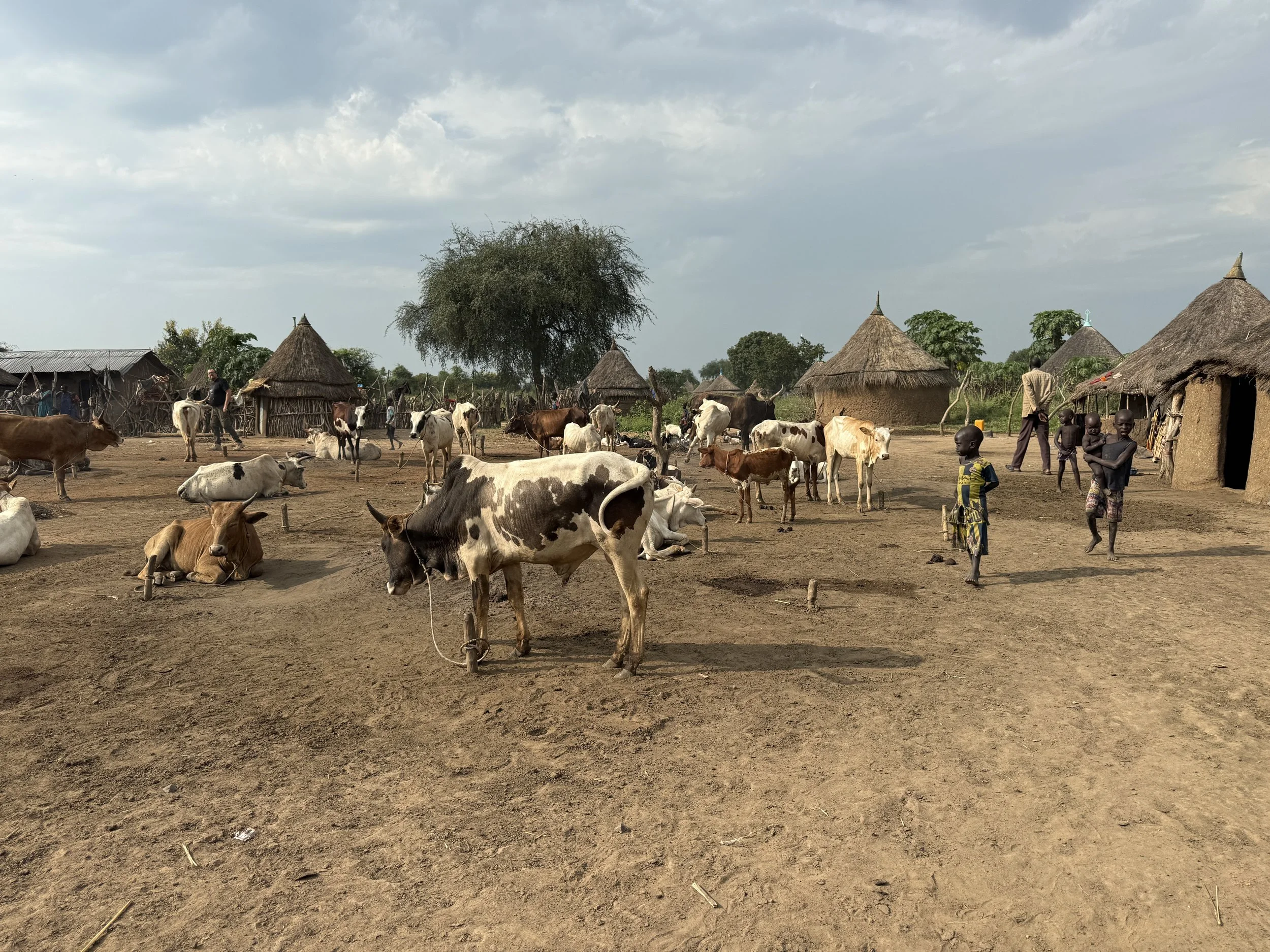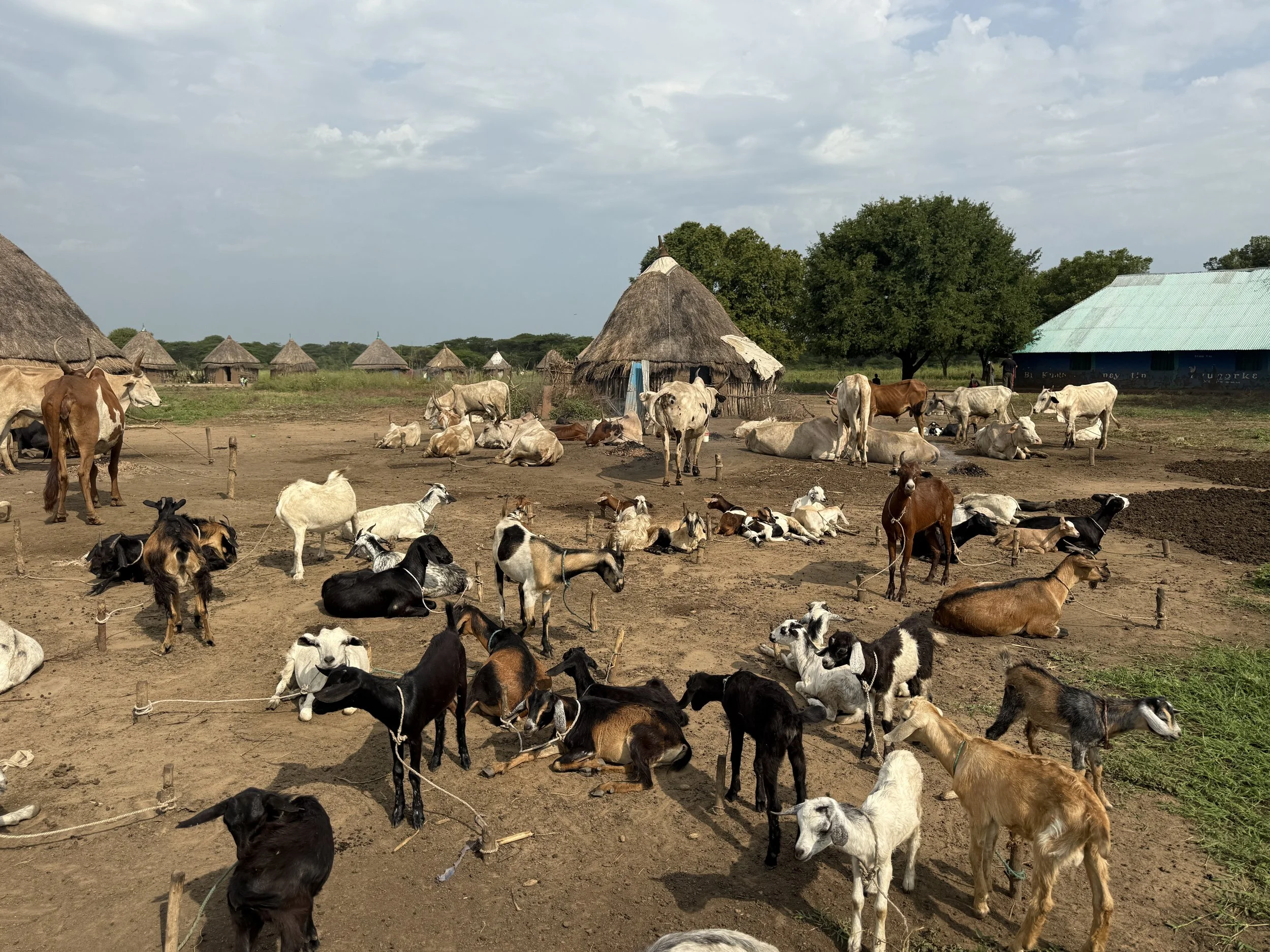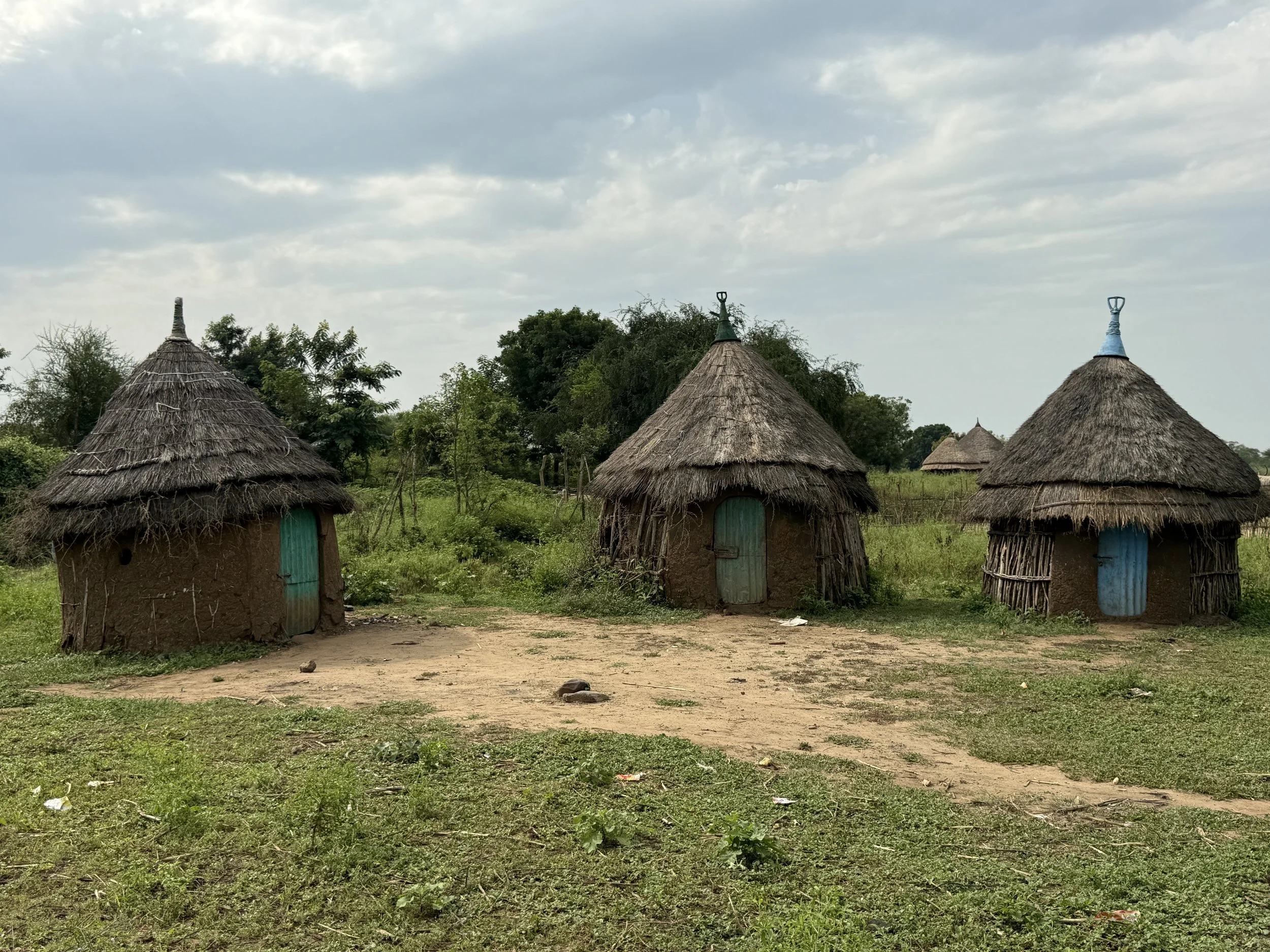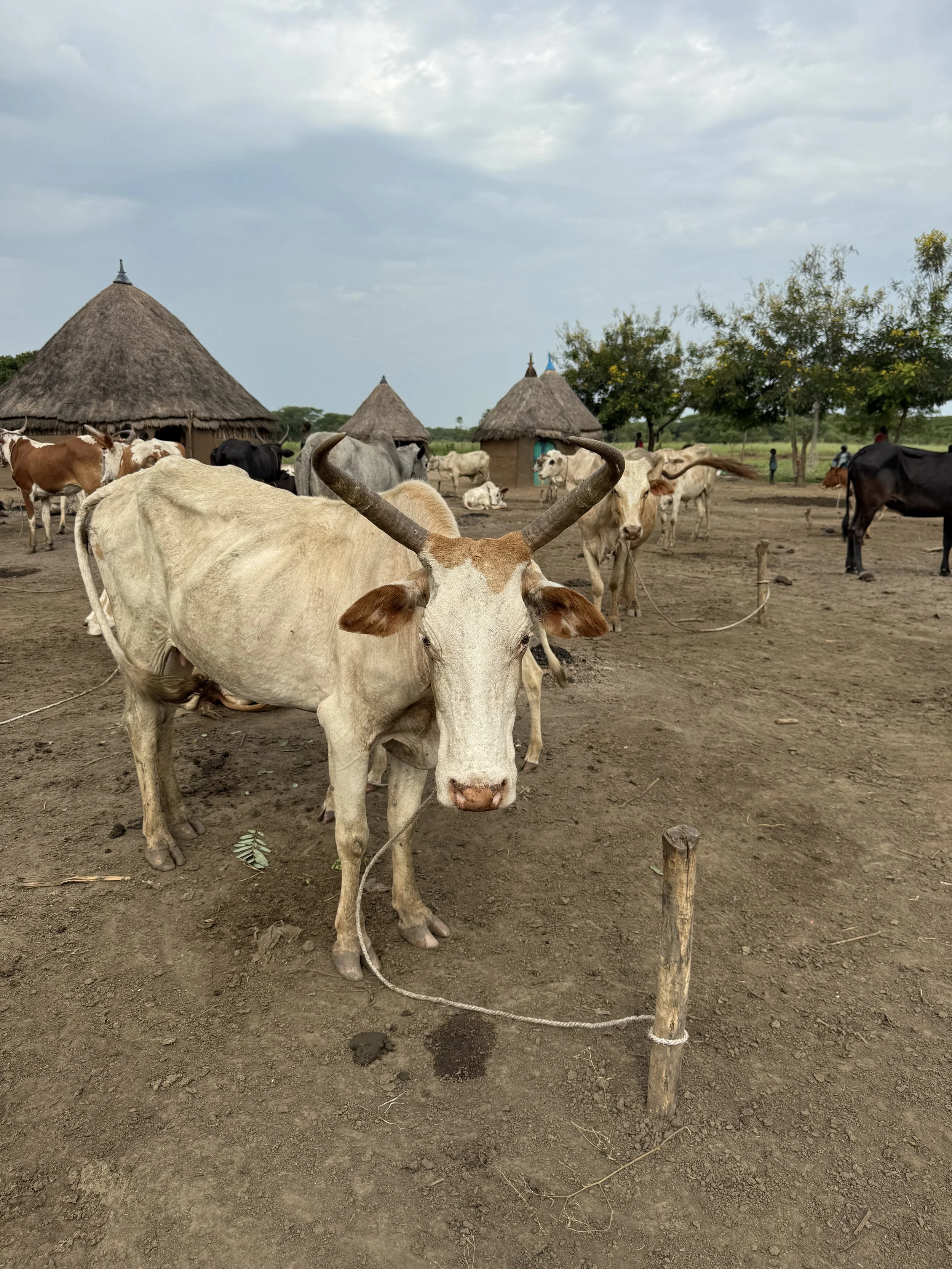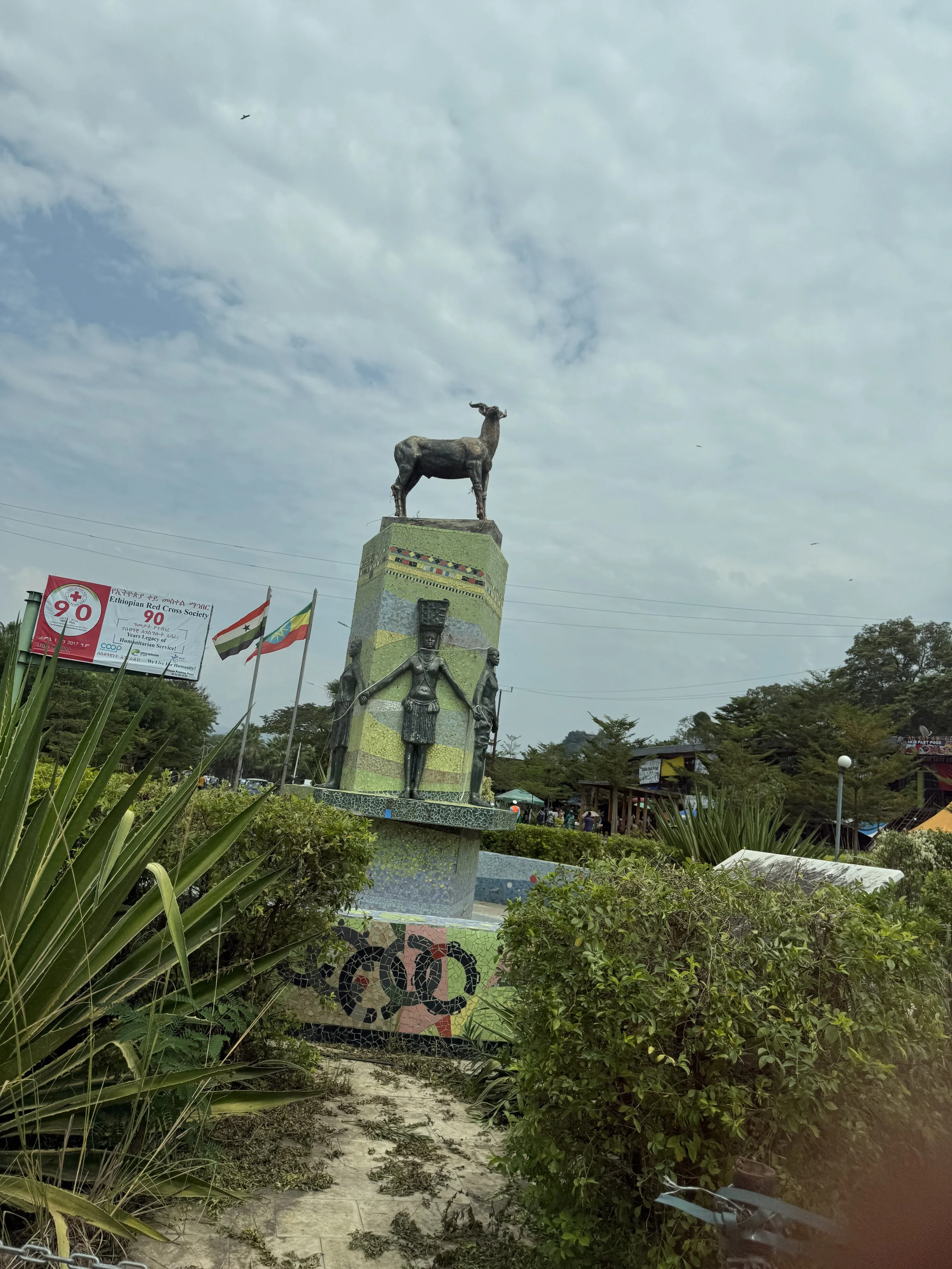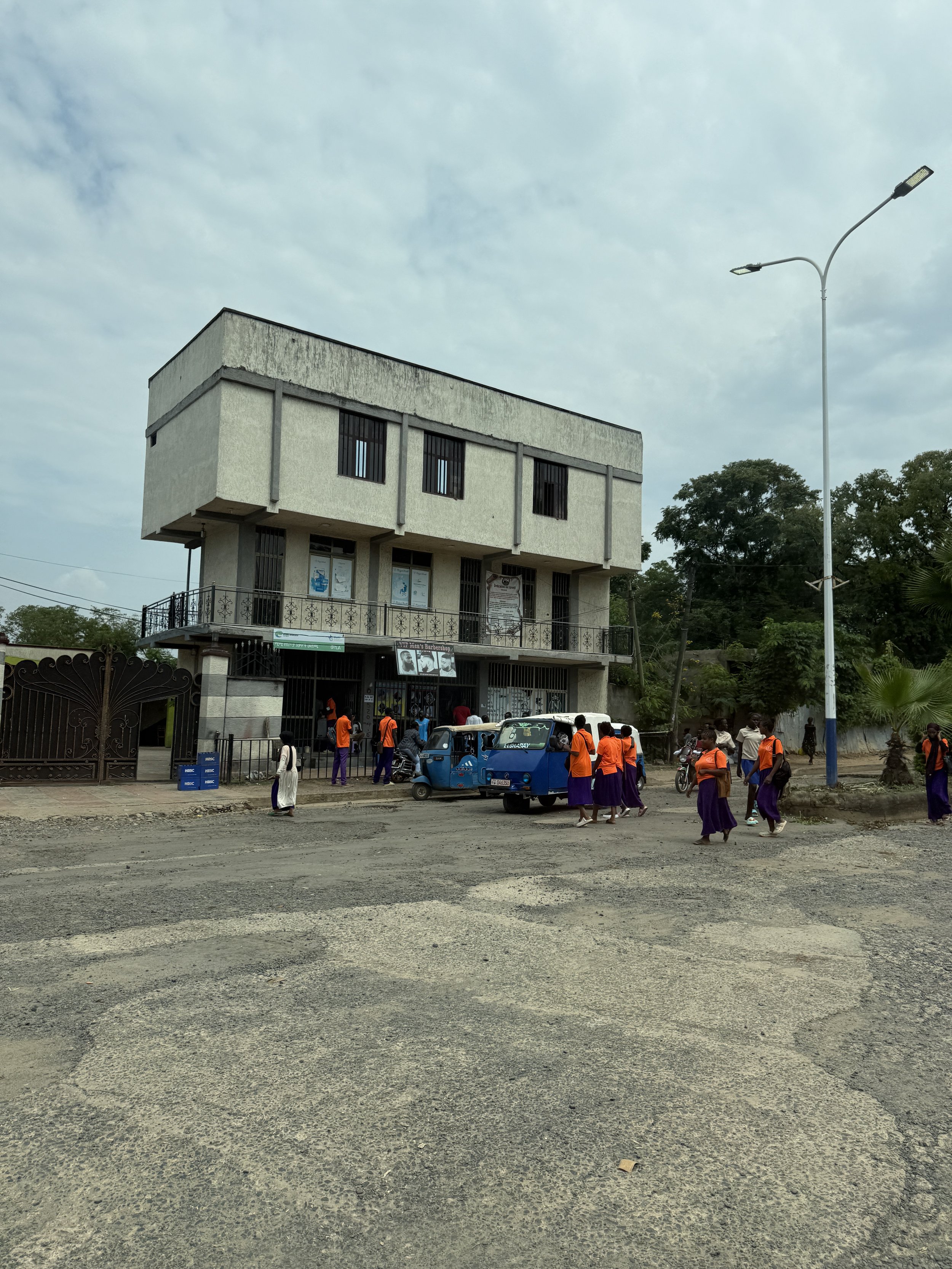Gambela, Ethiopia
After a great trip to Asossa we overnighted in the Jupiter Hotel by Bole Airport. In the morning, it was time to fly to Gambela, the second least MTP region in Ethiopia. This region is famous for its national park, which unfortunately we were not in the season to enjoy.
The flight was very comfortable. All of our Ethiopian domestic flights were about an hour, and they manage time to serve drinks and a small sandwich / baked good. The Americans could learn a thing or two from the Ethiopians.
Upon landing in Gambela the guides brought us to the vans, and off we went. However, we had no clue where we were going. Unfortunately, this would be a theme of our time in Gambela. The guides were very poorly prepared and uncommunicative.
We arrived at the hotel to drop off our bags and then got back into the van. Unfortunately, we then headed all the way back in the direction of the airport and past it. It turned out they brought us about half an hour to the hotel just to drop off the bags and then we had to go all the way back to our next destination. Utter waste of time.
As we bumped down the road, we didn’t know our final destination. Eventually, we found out we were heading to a village. About an hour outside town we arrived at the town of Abobo which had loads of signs from foreign NGOs and government aid organizations. Here we waited the better part of an hour for some “permits” and eventually picked up a few police officers before heading down further.
I wouldn’t consider what we drove down to be a road so much as a track. Usually even dirt roads show up on map applications, but this one didn’t. The dust piled in through the car windows. What a dumb day to wear light colored pants.
After of about 90 minutes of this “African massage” (as my travel mate put it), we finally made it to the village. After just having been in South Sudan, and I hate to sound mean, this was unremarkable. Certainly not worth the time it took to get there. It seems our guides didn’t make prior arrangements with the villagers (which is standard), so we spent some time standing around while they negotiated our visit. It is pretty standard when visiting villages for there to be a negotiation on arrival, but this one was particularly long. Then, we spent some time walking around the village. What I found noticeable was the complete lack of farm animals. There were just a few small goats and chickens, but nothing that could sustain this many people. Either the animals are outside the village or the fields we passed on the way into the village are the primary food source. The most interesting part of the village was the large tub of moonshine the people were making.
Then, we headed back in the direction of Abobo to the Abobo Dam. This was just a quick 5 minute stop. To tie up the day we drove all the way back to Gambela City and stopped at the local library / museum where we saw tools and crafts from the various tribes that call Gambela Region home. It was then time to go to the hotel for some dinner and sleep.
Day 2:
The next morning we were supposed to leave at 6:30, but of course the guides were 30 minutes late. We headed back west, but this time on the northern road (C50) that is actually very nicely maintained. Why couldn’t we have taken this road yesterday? We were headed in the direction of the Nuer Zone. The Nuer are a Nilotic group native to this part of Ethiopia and South Sudan.
Before reaching the villages we stopped for water. When we stopped the driver spent a long time negotiating the price of the water (or that’s what it seemed), and quite a large group of people started surrounding our van. At first there were just friendly greetings, but then there were a lot of demands for money that got louder as the first ones were ignored. I was carrying my camera and other valuables, I got a bit worried. I had no faith in the locks of the van and the windows were open due to a lack of latches. It turned out the driver was waiting for us to pay for the water. So I gave a few bucks in Ethiopian Birr so we could get out of there. Our tour included water, but of course the guide wanted to weasel out of that and was happy to put us in an uncomfortable situation. We called the coordinator back in Addis who made the local guy give me the money back on the water.
We went further down the road until we came to the area of the villages, which mainly had cows and goats. Unlike the tribes we visited in South Sudan who keep the same animals, these tribes have built permanent dwellings. One thing I quite liked was the “toppers” on the roofs. This is a special design from the region. This was certainly the highlight of our time in Gambela, and we only went due to our insistence. The “guides” we had basically had no plans for this day.
After visiting a few villages, we were shown a nice dance by students in the town of Koweneng.
We headed back towards the city and briefly visited an old Italian Fort that is now inside of an educational complex. With trees growing out of it, it almost had a feeling like Angkor Wat.
Before heading to the airport we had a quick lunch, and soon enough it was wheels up back to Addis for the MTP 20th Anniversary Celebration.
